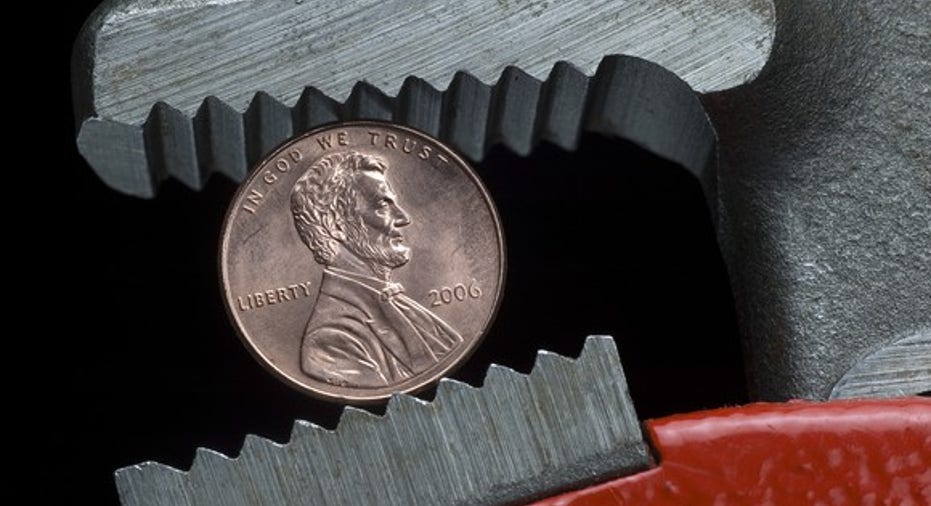Is Bank of America Really the "Stingiest" Big Bank?

In an article this week, The Wall Street Journal called Bank of America(NYSE: BAC)the "stingiest of the big U.S. banks." It was referring to the fact that the North Carolina-based bank pays depositors less than other big banks.
The paper's claim is well founded. As veteran bank analyst Dick Bove pointed out in a research note on Tuesday, in the first quarter, Bank of America's annualized yield on total deposits was less than the other three megabanks: JPMorgan Chase(NYSE: JPM), Wells Fargo(NYSE: WFC), and Citigroup(NYSE: C).
|
Bank |
Annualized Yield on Total Deposits (Q1 2017) |
|---|---|
|
Bank of America |
0.09% |
|
JPMorgan Chase |
0.14% |
|
Wells Fargo |
0.17% |
|
Citigroup |
0.47% |
Data source: Company quarterly financial supplements.
"Banks are in a so-called sweet spot right now relative to the size and cost of their deposits," wrote Bove. "While the annualized cost of these funds for the four biggest banks in the country is 20 basis points, the overnight bank borrowing rate is 91 basis points."
Bove's point is that eventually, as the Federal Reserve continues to raise the fed funds rate, the primary short-term interest rate benchmark in the United States, banks will have to respond by paying more on deposits, lest corporate depositors take their money and earn a better return elsewhere.
"If [banks] continue to keep money at zero and slightly higher rates, they are likely to be severely criticized," Bove continued. "These banks are going to lose deposits. They are going to be forced by market conditions to raise rates. If they choose not to do this, they will lose hundreds of billions in deposits."
Image source: Getty Images.
For the time being, however, Bank of America's especially low deposit costs are a huge advantage for the bank. Its quarterly interest bill would go up by $163 million if it faced the same annualized yield as JPMorgan Chase, by $237 million at Wells Fargo's yield, and by $1.2 billion at Citigroup's yield.
Another big advantage, and this is one reason Bank of America's annualized yield on deposits is so low, is because a larger share of Bank of America's deposits are held by customers in noninterest-bearing transactional accounts relative to other big banks. A full 35% of Bank of America's deposits are noninterest bearing, compared to between 22% and 29% at JPMorgan Chase, Citigroup, and Wells Fargo.
|
Bank |
Noninterest-Bearing Deposits as a Percent of Total Deposits |
|---|---|
|
Bank of America |
35% |
|
JPMorgan Chase |
29% |
|
Wells Fargo |
28% |
|
Citigroup |
22% |
Data source: Company quarterly financial supplements.
To the Journal's point, then, while Bank of America may in fact be the "stingiest of the big U.S. banks," that's more of a compliment than a critique.
10 stocks we like better than Bank of AmericaWhen investing geniuses David and Tom Gardner have a stock tip, it can pay to listen. After all, the newsletter they have run for over a decade, Motley Fool Stock Advisor, has tripled the market.*
David and Tom just revealed what they believe are the 10 best stocks for investors to buy right now... and Bank of America wasn't one of them! That's right -- they think these 10 stocks are even better buys.
Click here to learn about these picks!
*Stock Advisor returns as of May 1, 2017
John Maxfield owns shares of Bank of America and Wells Fargo. The Motley Fool has no position in any of the stocks mentioned. The Motley Fool has a disclosure policy.